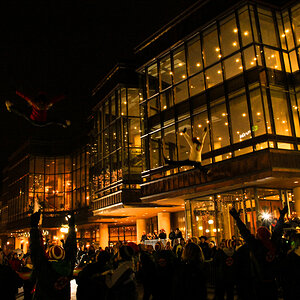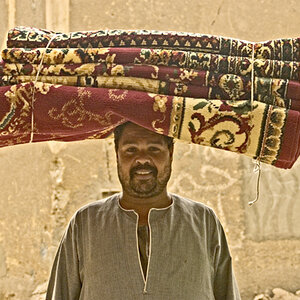Rampage
TPF Noob!
- Joined
- Feb 8, 2011
- Messages
- 123
- Reaction score
- 6
- Location
- NY
- Can others edit my Photos
- Photos OK to edit
This one is for anyone from NYC. Does anyone know of a place where they actually teach the basics and concepts on flash photography? I'm thinking of buying about 2 more flashes and piecing together a portrait studio for in house use. Any help would be greatly appreciated


![[No title]](/data/xfmg/thumbnail/32/32940-461c74a1d3ad8d2862e02a293727c72a.jpg?1619735772)
![[No title]](/data/xfmg/thumbnail/37/37127-bf1c0cde30f216dbd2804a0e700d6433.jpg?1619737884)
![[No title]](/data/xfmg/thumbnail/32/32930-09414fc020c2a60a456ff59a05c5ef8f.jpg?1619735759)

![[No title]](/data/xfmg/thumbnail/32/32941-f21147be61c00828a23d6ce011d840eb.jpg?1619735773)
![[No title]](/data/xfmg/thumbnail/42/42016-4e3a2f053aa7a987a0b51e5a0fe85262.jpg?1619739978)
![[No title]](/data/xfmg/thumbnail/37/37125-c083e505c2e7d8f15f717a96de782959.jpg?1619737883)


![[No title]](/data/xfmg/thumbnail/42/42017-05f80a89ca2890969b5dc7cc47872581.jpg?1619739979)

